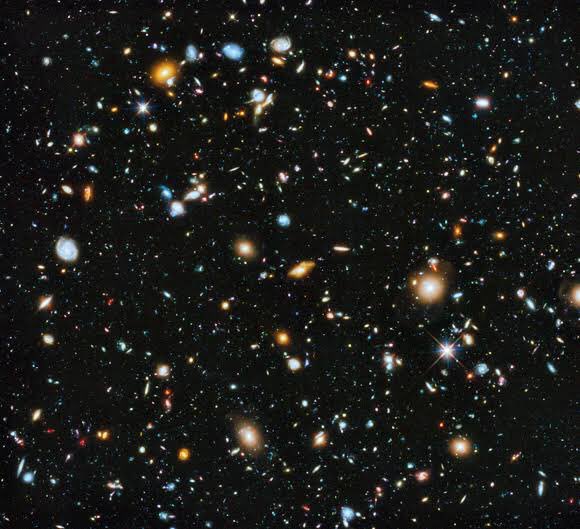(This might turn into a long-ish thread - still sorting out said thoughts.)
1. I have no objection to the move itself. I understand there will be an economic impact, and still think a lockdown is a reasonable step at this time.
livemint.com/news/india/ind…
Which is why I say again: 21-day lockdown = potential starvation.
In the Central African Republic, there is an evocative way of describing the state - "a hurtful presence and a painful absence".
While working on the book, we asked a doctor who runs a charitable hospital for cancer patients in Assam: what did cancer patients in this area do before this hospital was set up.
He looked at me like I was an idiot for asking...
"They used to die."
(Said doctor grew up, as I did, on armed forces bases - so I don't know whether to call that answer clinical precision or military precision.)
The key point is: this was not a medically inevitable result.
cancerindia.org.in/globocan-2018-…
ncbi.nlm.nih.gov/pmc/articles/P…
archive.indiaspend.com/cover-story/ba…
Police & DMs - please hold meetings with contractors.
(In fact, contractors could be a key conduit for information and food / water / sanitary supplies to workers, esp. migrant workers.)
This is no different from incentivising people to break lockdown.
As the PM himself noted, even countries with better health systems than ours have not been able to do this.
India's health system could not be called well-established even by the most charitable observer.
It's that infection control inside any public hospital in India is a joke.
This is because the other feature of India's healthcare system is that it is wildly skewed towards large/rich cities.
What happens in India is
a) at least among public hospitals, big urban hospitals handle everything from primary to...
b) doctors are heavily concentrated in urban India. Rural primary health facilities = huge vacancies.
People will die of the virus then.
Did some back of the envelope math on this - again, the book has a much more robust analysis, but here's the rough version:
India's workforce is barely 500 million.
(This is a travesty in itself - 1 in 2 working-age adults not working.)
(Data and analysis can also be found at cse.azimpremjiuniversity.edu.in/state-of-worki… )
Every worker is, by definition, supporting 1.6 dependents besides themselves (1.3 billion people / 0.5 million workers).
That's what labour markets & income inequality look like in India.
@IndiaSpend did a stellar series on this: indiaspend.com/sahab-kuch-kaa…
Imagine facing the choice of going to work - with all the attendant risks - or abide by lockdown despite no money/food while anemic.
Again, I really hope this is understood and being attended to at the highest levels of govt.
Crisis communication is also about assuring people that they are seen, heard, & supported. That means providing information & detail.
It would/will be useful for authorities - starting with the PM - to take the time to go into details.






